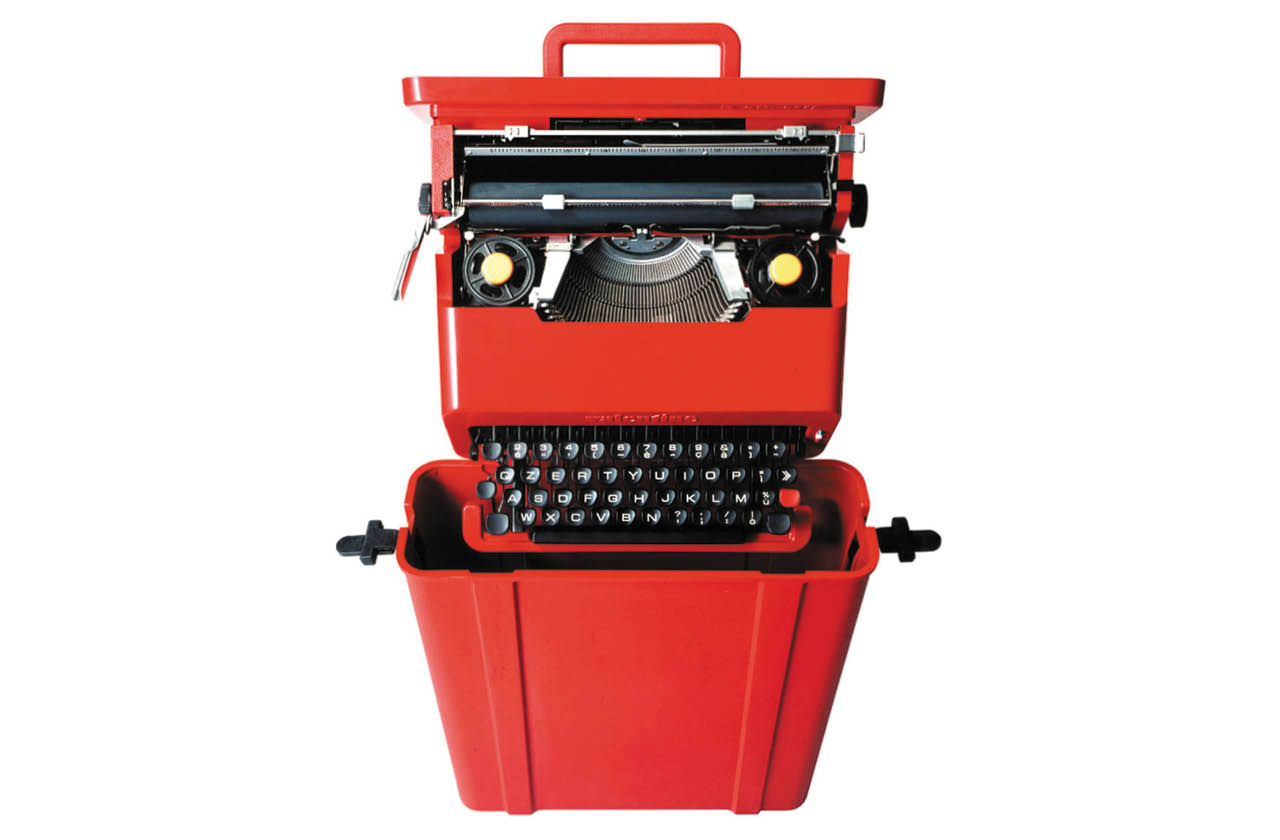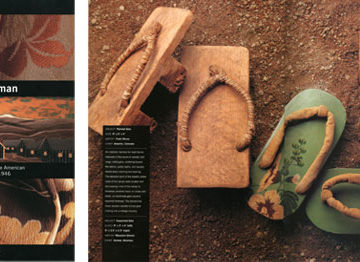Ever wonder what sparked a colorful rebellion against the stark minimalism of the 1980s design world? Enter the Memphis Group, a collective of visionary creatives led by Ettore Sottsass. Their bold, eclectic designs introduced a vibrant new aesthetic that challenged conventional norms and left a lasting impact. Uncover the tale of this groundbreaking movement and see how it painted a new, dynamic picture in modern design.






